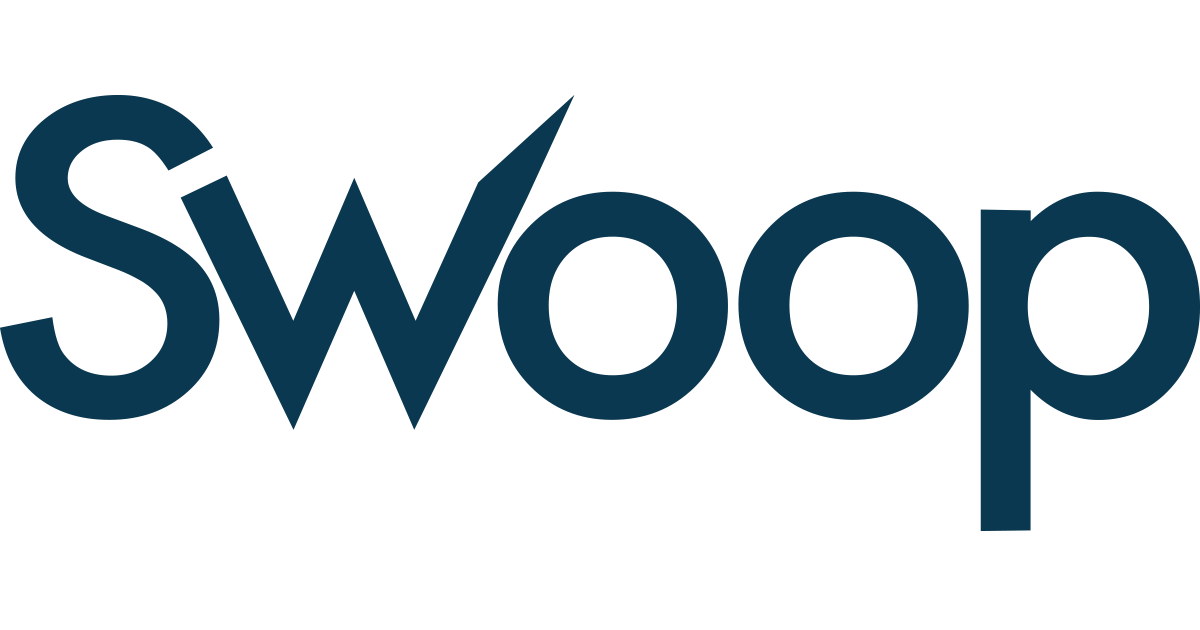Open Banking has changed the way Australian businesses and individuals can use and grow their money. Fast, efficient, and more innovative than traditional financial systems, Open Banking puts the customer firmly in control. But what exactly is Open Banking, how does it work, and what can it do for you? Read on to find out all you need to know about this financial revolution.
What is Open Banking?
Open Banking has existed in Australia since 2020. It authorises banks to let you electronically share your financial data with other, third-party financial providers. Your permission gives these entities ‘read only’ access to your banking data, such as transactions, payments, and available balances, allowing you to obtain financial services and conduct transactions without the hassle of visiting your bank. With Open Banking, you don’t need to fill out lengthy forms to provide third-party apps or websites with the data they need. Once you’ve given permission through your bank’s mobile or online banking, these services can access the necessary information directly.
Examples of open banking
Open banking is used by many thousands of businesses and millions of individuals in the UK every day and for literally hundreds of different uses. Here are four examples of Open Banking in action:
- Business and personal finance management has been positively changed by Open Banking. Data aggregation enables companies to access and combine customer bank account data, such as savings balances, to provide tailored support with money management and actionable insights.
- Proof of income is crucial for many private and business transactions, including lending or renting residential or commercial property. Open banking changes this with instant income verification—there’s no need for payslips, bank statements, or tax returns.
- Affordability checks are important for lenders in both consumer and business lending. But judging a borrower’s real financial position can be challenging with limited financial data. Open banking allows lenders to analyse up to two years of financial records to achieve an accurate affordability profile.
- Online payments do away with the need for paper documents. However, in the business world, paper invoices are still very common, and they’re a major reason why so many small businesses are struggling with late payments. Open banking can eliminate the time lag when it is embedded into the checkout and payment flow of a business’ accounts receivable. Automatic bank to bank payments are triggered on agreed timelines, producing a fast and frictionless experience.
How does Open Banking work?
Firstly, no person or business has to use Open Banking. It’s your choice. You have to opt-in to Open Banking, not opt-out. Secondly, every third-party financial provider must ask for your consent to access your data when you sign up for their services. Thirdly, your bank can only share the portions of your data that you want it to – such as available balances but not recent transactions. You can also withdraw your permission from any provider at any time, and they must renew your permission every 90 days. If you don’t renew, access to your data automatically expires.
As for the technology, without going down a technical rabbit hole, banks share your information securely via technology called an Application Programming Interface (API). APIs act as tech translators, allowing the different systems and platforms of various providers to ‘talk’ to each other in the same language and seamlessly pass along the information you’ve agreed to share. You’ve almost certainly experienced this kind of technology before with popular platforms or apps such as Google, Uber, or Menulog. For example, Menulog might use Google Maps’ API so it can work out where you are and where their delivery driver is to tell you when you can expect your take-away meal to arrive.
How is Open Banking different from traditional banking?
There are significant differences between Open Banking and traditional banking:
| Open Banking | Traditional banking | |
| Data ownership | Users have control over their own data | Banks have control over their customers’ data |
| Data sharing | Allowed between authorised third parties | Data typically not shared |
| Supported services | Personalised financial services | Generic financial services |
| Innovation | Encourages innovation and advanced services | Often limited by need to adhere to established processes |
| Collaboration | Encourages collaboration between service providers | Almost zero collaboration |
| Competition | Encourages competition which can improve services | High barriers to entry stifle competition |
| Speed of service | Very fast | Typically slower – for example, bank to bank transfers can take days instead of seconds |
| Regulation | Regulated to safeguard data sharing | Complies with traditional regulations |
How is Open Banking regulated?
The rules regarding Open Banking are strict and designed to protect customer privacy and financial data. These rules have existed in Australia since 2020. In Australia, Open Banking is regulated by the Australian Competition and Consumer Commission (ACCC) as part of the Consumer Data Right (CDR) framework. Only companies that are accredited by the ACCC can use Open Banking technology (APIs) to access financial information or initiate payments on behalf of a customer. Penalties for misuse of Open Banking systems and data can be severe.
Is Open Banking safe?
Yes. As long as they’re authorised, providers can only access the data that’s needed for the service you’ve signed up to. For example, if you’re an SME seeking a business loan and you’ve asked a comparison marketplace to look at your business’ current account, it can’t also look at a commercial mortgage you have with the same bank unless you give your express permission.
Additionally, all third-party financial providers have to comply with data protection rules. This includes GDPR. The provider must tell you exactly which data it will use, how long for and what it’ll do with it before you sign up. If you’re not sure about anything, make sure you ask the provider what data they want and what they are using it for before you give access. If something doesn’t feel right, don’t share your data with that provider.
Open Banking benefits:
Open Banking has major benefits for both businesses and consumers:
Benefits of Open Banking for businesses
- Enables businesses to access their customers’ financial data (with their consent), allowing them to offer better and more personalised products and services.
- Allows businesses to automate and streamline their financial processes, such as accounting and compliance. This saves time and cuts costs, which can improve efficiency and productivity.
- Helps businesses tap into new sources of financing, which can increase their revenue.
- Helps businesses to detect and prevent fraud. This improves the customer experience.
- Can help organisations to capture more sales (especially online and consumer-facing businesses, where slow payment systems often lead to customers leaving unpurchased items in their basket).
Benefits of Open Banking for consumers
- Enables customers to share their financial data with third party providers. This allows access to a wider range of tailored products and services than they may receive from traditional banking
- Allows instant payments without the need for credit or debit cards
- Helps customers save money on loans and mortgages – provides instant comparisons
- Improves financial inclusion by providing access to financial services to underserved populations
- Helps prevent financial fraud by giving customers more control over their data and who can access it
Open banking challenges:
Not everything is perfect in the world of Open Banking. Still a relatively new innovation, Open Banking has yet to address these important disadvantages:
- Security fears: By design, Open Banking gives third-party financial services providers access to customers’ confidential data. As a result, many business and personal customers remain worried about security breaches that could occur because of increased sharing. This is mainly driven by customers’ lack of understanding as to how Open Banking works, but it has nevertheless created a wariness among some customers that is proving difficult to eliminate.
- It removes the interpersonal relationship with the customer: Because everything is handled digitally, old-style, face-to-face encounters between the customer and their bank are getting fewer and fewer. This can lead to a breakdown in the relationship and brand loyalty between customer and provider, which can disproportionately impact older and less technically savvy customers.
Find out more with Swoop
Open Banking can give businesses fast access to a range of financial services and products – loans, mortgages, investments, leasing and more. Swoop is at the forefront of this new financial freedom. Our mission is to provide Australian SMEs with the best and most cost effective financing options when they need it and with the minimum of fuss. Call us today to find out how your business can benefit from the biggest change in business financing since money was invented.



 yet? Register here!
yet? Register here!